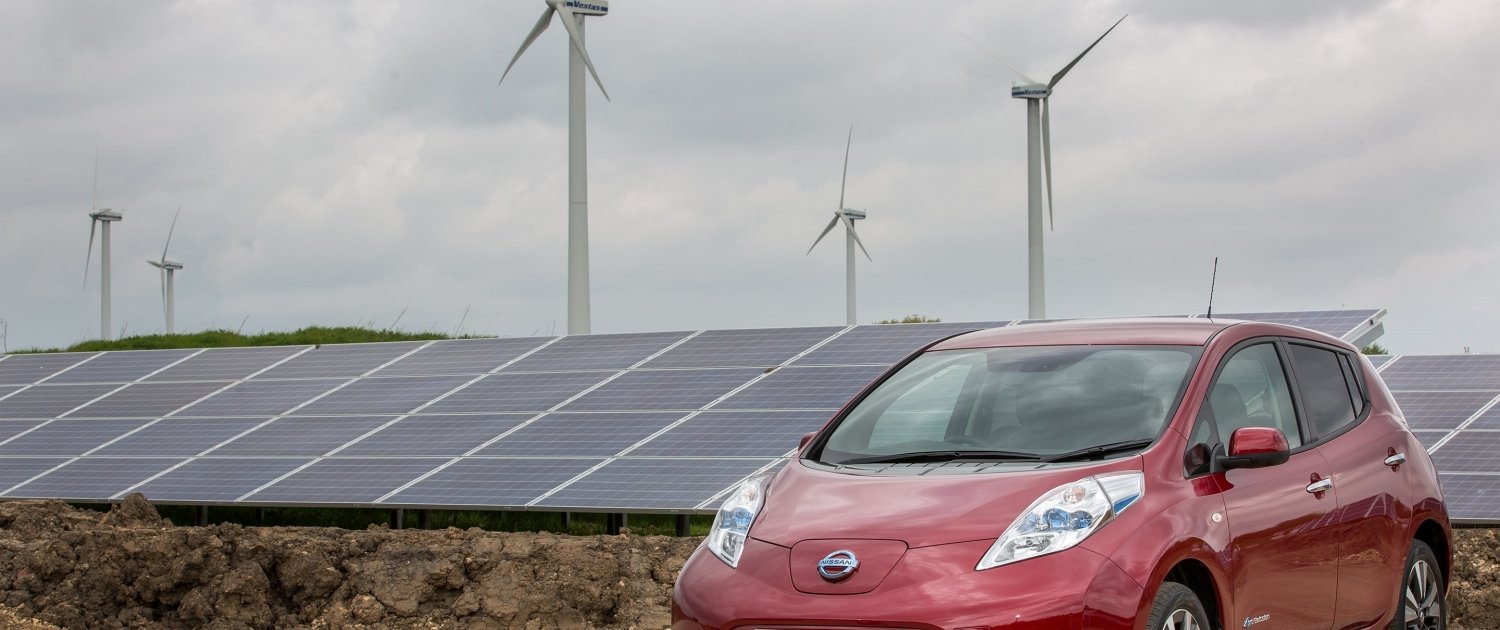What are the impacts of industry on the physical environment?
In the past, industrial growth has had a significant impact on the environment. Coal mining led to the creation of spoil heaps and vast mounds of waste material removed during extraction. Burning coal to generate electricity led to considerable air pollution in cities across the UK. Toxic waste materials from heavy industry have polluted the land and water supplies.
Modern manufacturing industries impact both the landscape and the environment in various ways:
- Manufacturing plants can adversely affect the landscape’s visual aspect, creating a less appealing visual environment.
- Industrial processes can lead to air and water pollution and soil degradation.
- Waste products from the manufacturing industry are frequently disposed of in landfills. Once in the ground, these wastes can contaminate and harm the air, water, and soil.
- The transportation of raw materials and manufactured products is primarily done by road. This increases air pollution and causes environmental damage when existing roads are expanded or new ones are constructed.
How can modern industry be more sustainable?
There is now an increased expectation for industries to adopt environmentally sustainable practices. This includes conserving natural resources, safeguarding ecosystems, fostering biodiversity, and enhancing health and well-being. Several approaches can be adopted to achieve this:
- Utilising technology to reduce harmful emissions from power stations and heavy industries. Desulphurisation, for example, can extract harmful gases like sulphur dioxide and nitrogen oxide from the chimneys of power stations.
- Implementing more stringent environmental targets for industries concerning water quality, air pollution, and landscape degradation.
- Levying substantial fines in the event of industrial pollution incidents.
- Conserving, protecting, and restoring natural ecosystems to boost biodiversity.
- Monitoring and regulating industrial activities to reduce their environmental footprint.
You need to know an example of how modern industrial development can be more environmentally sustainable. Examples include:
Related Topics
Use the images below to explore related GeoTopics.



